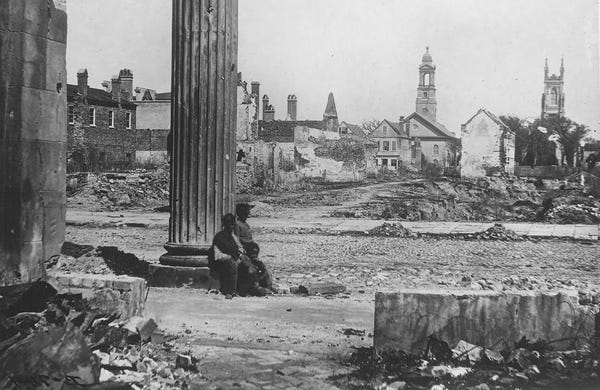Lessons from Reconstruction
‘The game plan of the Yankees was to use the ex-slaves to take over Southern society and wealth. It was easy to entice the ex-slaves with promises of glory—that they would soon be masters over the whites if they would only do as they were told. Unfortunately, they did.’
In “The Terror of Reconstruction,” Lew Rockwell highlights the dangers of governments seeking to suppress their political opponents by an assault on citizens’ liberties. He draws upon the experience of the South under military dictatorship during the Reconstruction years as an example of what happens when governments embark on social revolution. One tactic described by Rockwell is denying the vote to those who supported their opponents:
“In the Reconstruction era, practically the entire white population was denied the right to vote. The disenfranchisement wasn’t just confined to officials in the former Confederate government. Even those who had given money to help wounded Confederate veterans or who had bought bonds couldn’t vote.”
Another tactic, described by Charles Adams in his book Human Events, was to force free black people to vote in favor of the candidate preferred by the government. This seems to have been well known at the time, as Adams gives the example of a German paper with a cartoon titled “In the Polling Booth,” which depicted a black man being forced to vote for the radical republicans. The caption read, “Ballots for Republicans! Bullets For Democrats! Death To Colored Democrats!”
The terror of Reconstruction illustrates the destruction caused by government regulations and interventions which are said to be necessary to bring about social harmony and good race relations. In his treatise The Rise and Fall of the Confederate Government, Jefferson Davis issues “a warning to the people against the dangers by which their liberties are beset.” It is a warning to be vigilant in recognizing and opposing


